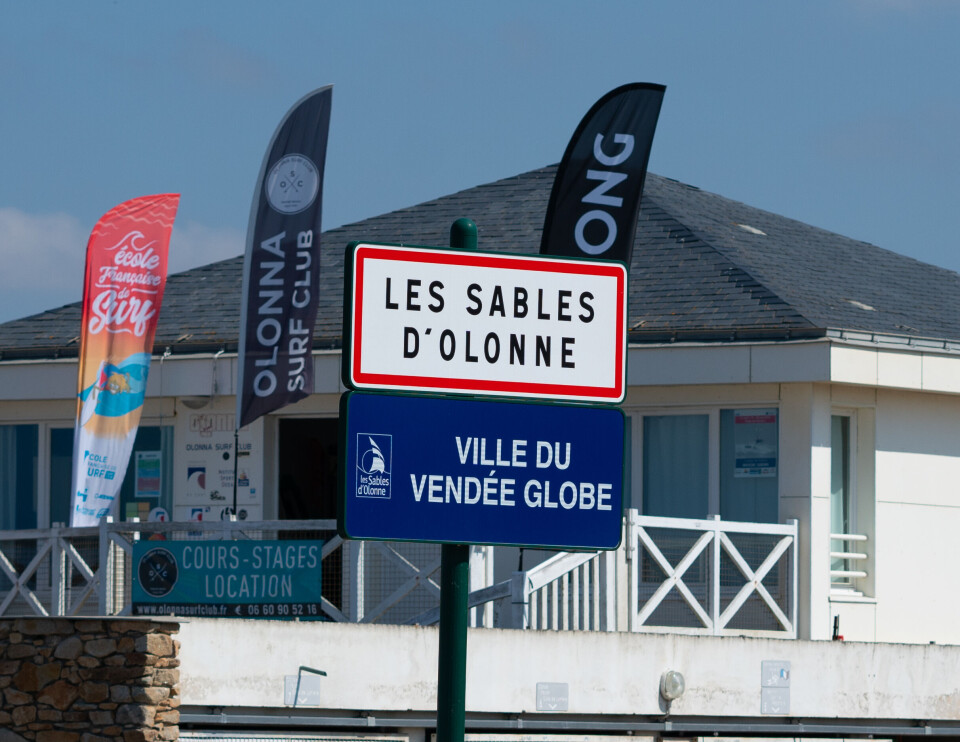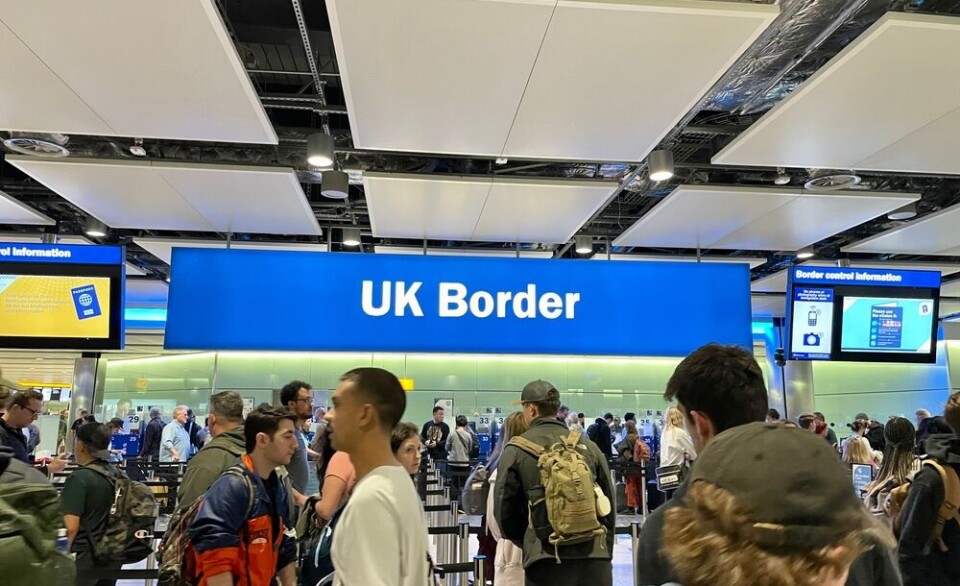-
Graph: How do French electricity prices compare with other EU countries and UK
Costs have steadily risen across the last decade
-
Ryanair launches programme to enable passengers in France to save on frequent travel
Passengers who fly at least once per month could save over €400, airline claims
-
Crackdown on ‘hiding money offshore’ announced in UK spring statement
Increased spending on defence cooperation with Nato allies such as France was also announced
Vendée Arctique race departs from western France today
The 3,500 nautical mile race, which is one of the races on the road to qualifying for the Vendée Globe, is set to depart at 17:00 and will see sailors make a loop around Iceland

Solo sailors hoping to qualify for the Vendée Globe yacht race are set to depart from Sables d’Olonne, Vendée, today (June 12) to begin the Vendée Arctique race around Iceland.
The Vendée Arctique-Les Sables d’Olonne race was created during the Covid-19 crisis to make up for the cancellation of The Transat and New York-Vendée, which were qualifying races for the last Vendée Globe. It is now a permanent fixture of the racing timetable.
A total of 25 skippers will be setting off for the 2nd edition this Sunday (at 17:00 this afternoon) in the direction of Iceland for a race to the borders of the Arctic Circle.
The course is 3,500 nautical miles long through the North Atlantic Ocean around Iceland, the equivalent of a Route du Rhum, and set to take between 10 and 12 days of sailing.
The event is one of the five qualifying races for the next single-handed round the world race scheduled for 2024. The other events are the Route du Rhum (November 2022), the return leg of the Transat Jacques Vabre (November 2023), The Transat CIC, and the New York-Vendée-Les Sables (2024).
The next Vendée Globe is set to start on November 10, 2024.
The rules stipulate that starting two of these qualifying events and finishing at least one (with a time less than or equal to 50% of the winner's time) is enough to qualify for the major competition.
However, in reality, these achievements alone are unlikely to guarantee qualification, as there are more candidates than places available (40, plus a wild card).
Sailor selection
Louis Duc from Normandy, who is aiming for a first participation in the Vendée Globe in 2024, said: “What interests me is to compare the performance of the (other) daggerboard boats with my own to see if there are things we can improve on and define the areas of work for next season.”
Alan Roura, the Swiss skipper of Alex Thomson's highly coveted former boat (Hugo Boss now Hublot), said: "There will be other qualifying races, but above all, I'm setting off with the aim of performing as well as possible.
“As the training periods have been short since the boat was relaunched, this big loop around Iceland will give me a lot of experience on board. Not forgetting that this is also my first opportunity to qualify for the Vendée Globe,” he said.
Louis Burton, who came third in the last Vendée Globe and is from Saint-Malo, of the boat Bureau Vallée 3, said: "The aim is to continue working on the reliability of the boat. The course will allow us to test everything at all speeds, without breaking anything.
“Obviously, I'm going to be aiming for the head of the fleet, bearing in mind that this is a race that counts for selection for the Vendée Globe.”
Among the favourites to win are Charlie Dalin (Apivia), Thomas Ruyant (LinkedOut) and Jérémie Beyou (Charal).
Race challenges
Mr Beyou, three-time winner of the Solitaire du Figaro race, said: “We're expecting a lot more action (than in 2020). There are going to be a lot of transitions, a lot of changes of pace, and different sail configurations.
“There will be a lot of traps, especially when sailing along the English and Irish coasts and around Iceland. We will have to watch out for ice and fishermen's traffic.
Isabelle Joschke, from the MACSF team, warned: “From the start of the race, the competitors will face a first obstacle, a ridge of high pressure stretching from the Azores to Ireland. It will probably be on the second night, it will not be an easy moment because it will be difficult to sleep.”
Race director Francis Le Goff explained: “On the big stretch of water that leads to Iceland, there is a corridor where the lows that come from Newfoundland and the United States pass through [and competitors will have to] cross these lanes of low pressure and choose the best time to do so.
“The complexity comes from the fact that they move quite fast, which requires a lot of vigilance. It will be great fun for the race followers; it promises a lot of work on board, with regular manoeuvres, sail changes, and a lot of navigation work,” he said.
Related articles
Vendée Globe: 28,000 miles in a boat, alone, with no stops and no one to help ... racing
Briton Sam Davies is sailing in her third Vendée Globe
Sailor who lost race time helping rival wins Vendée Globe
























